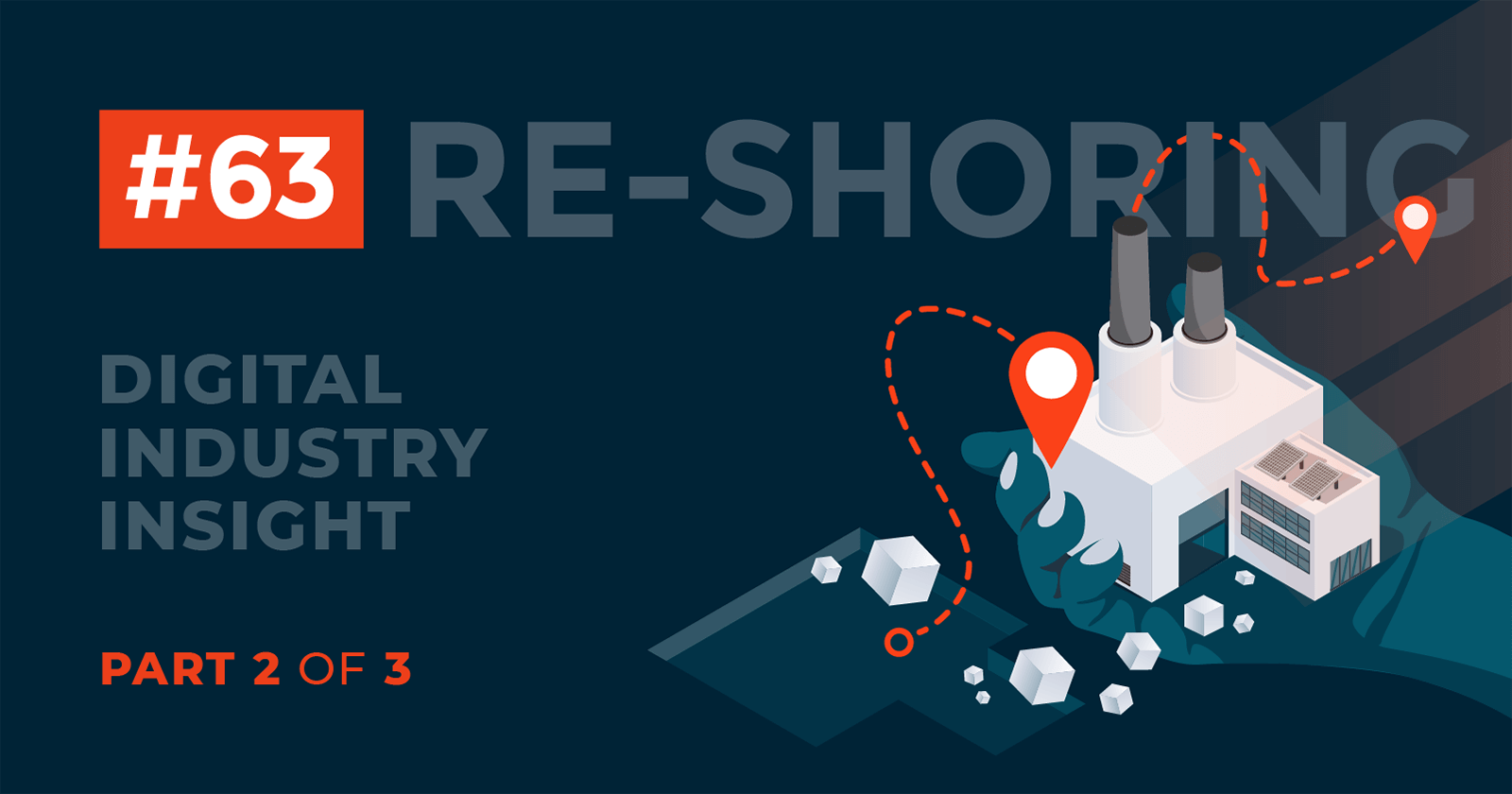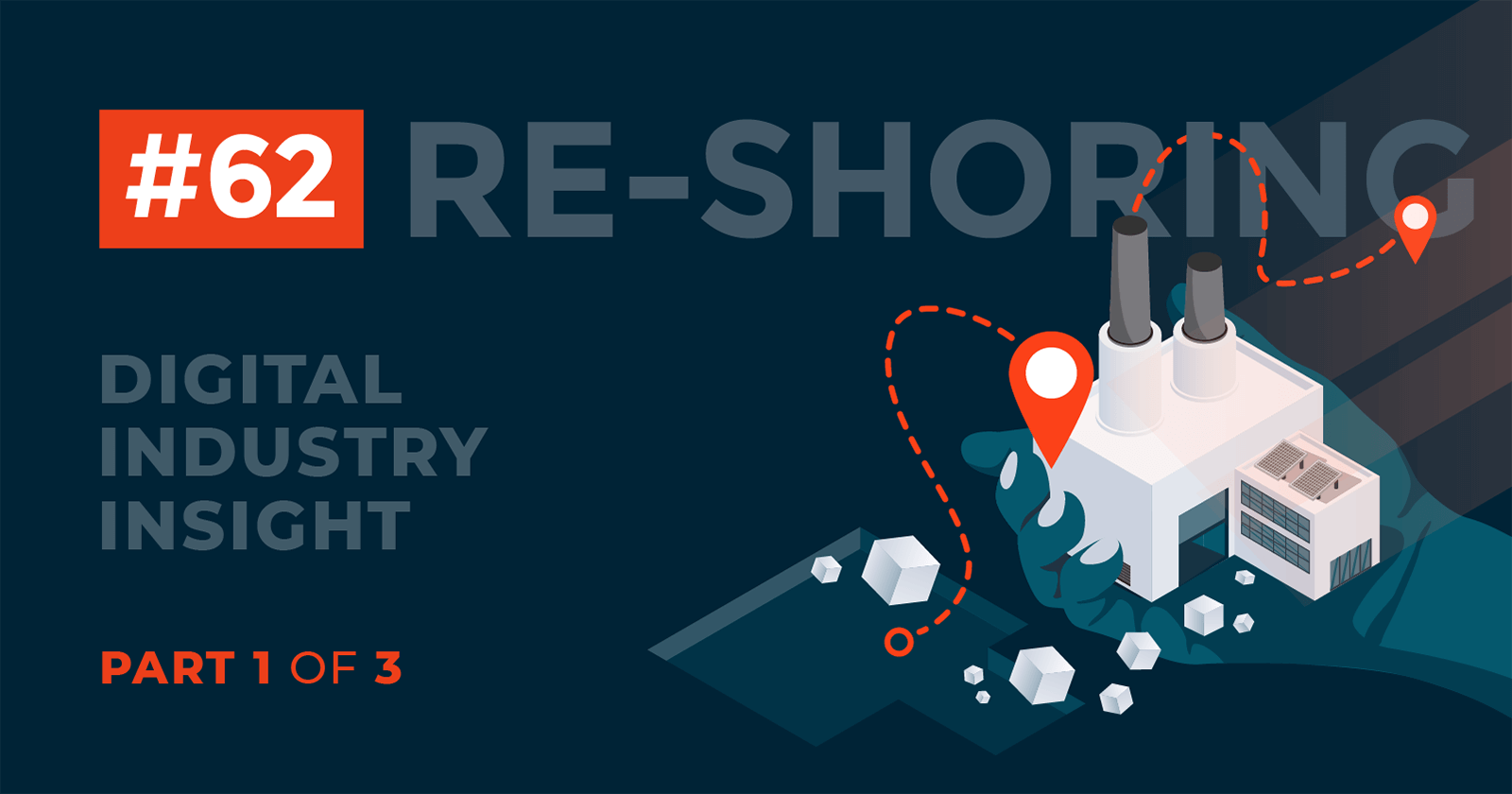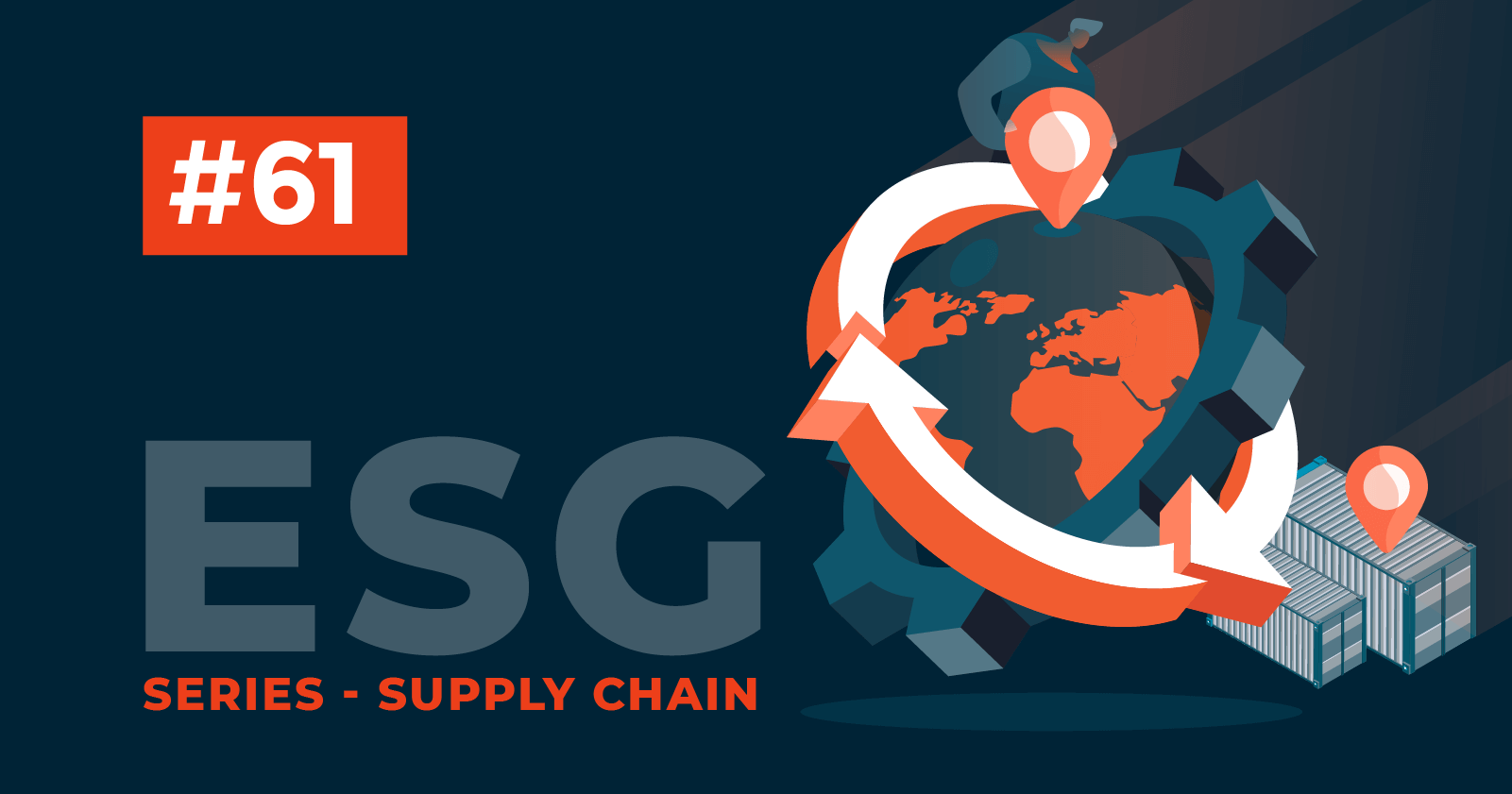Value Vector
Amazon-Whole Foods Merger Will Spur IoT Adoption for the food industry
Ed Maguire

A shot over the bow to the food retail industry
The Amazon whole foods acquisition: Amazon’s $13.7 billion acquisition of the 460-store Whole Foods chain is a watershed moment in the food and retail industries with big implications for Connected Industry. Not only is Amazon the world’s largest online retailer, it is by some estimates the largest retailer in the world.
If you include the amount of business conducted over the Amazon Marketplace by third party merchants using the Amazon platform, it’s likely there’s more business transacted over Amazon than Walmart.
The possibilities raised by combining Amazon massive footprint of warehouses, logistics, cloud computing, artificial intelligence and data analytics with the Whole Foods store presence serve as a shot across the bow to competitors in the market. At Momenta Partners, this merger signals the urgency for companies at all stages of the value chain to adopt IOT technologies and solutions to drive smarter agriculture, supply chain, manufacturing, logistics and retail marketing.
The digital economy hits retail hard in 2017
2017 marks the year that the impact of e-commerce on retail sales has hit with a vengeance. It’s estimated that there will be more store closings in 2017 than there were at the height of the financial crisis in 2008. Macy’s. JC Penny. Sears, Nordstrom and other large stores are shuttering locations in growing numbers.
Grocery a $600bn market opportunity
Grocery stores account for over $600bn of a $5.3 trillion market for food and food service in the United States. Whole Foods has fared better than many other retailers, but expected only 1-1.5% sales growth in 2017 on sales of roughly $16bn. Amazon’s foray into food delivery with Amazon Fresh, with estimated annualized revenues of $40 million, has minuscule share of the market so far. The addition of the Whole Foods stores, brand and selection will allow Amazon to pursue a profitable high-end niche in the grocery industry, and potentially expand offerings in a number of ways.
What Amazon brings to the table
Amazon brings a wealth of innovations to the table. With the $700mn acquisition of Kiva Systems in 2012 the company has brought an unprecedented level of automation to warehousing. Amazon’s logistics are a key part of its competitive advantage. They have leased 40 airplanes and are building out a network of logistics hubs. The company’s business footprint is massive including fulfillment centers, data centers and other facilities across the globe. On the technology side, Amazon’s Web Services is the largest cloud computing company with $14.6bn in annualized revenues and 42% revenue growth. Amazon is also leading the market for AI-powered digital assistant devices over 10 million Alexa units expected to be shipped in 2017. All of these assets can now be brought to bear with the Whole Foods stores.
What could Amazon do with Whole Foods?
While Amazon has yet to elaborate on its plans for Whole Foods, there’s an enormous amount of potential from the combination. In the supply chain, Amazon’s warehouse and logistic capabilities could help reduce inventory overhead and maximize turnover. For smaller suppliers to Whole Foods, Amazon’s e-commerce channel could expand market reach in a big way. Cutting down overhead and logistics expense could enable Whole Foods to lower prices to appeal to a broader segment of the population.
There is powerful value to be realized from customer data on purchasing, preferences and behavior. Amazon’s commerce engine could also help with Whole Foods technology, optimize its pricing, inventory, and merchandising efforts to maximize sales and profitability for the stores. Amazon’s AI-powered recommendation engine and the Alexa device provide a way to reach consumers in new ways. Whole Foods stores can also serve as pick-up depots for online orders. An attractive business aspect of groceries is that they are a recurring purchase for consumers – unlike many items like books that are bought once, food offers the potential for recurring purchases (Amazon already offers automated replenishment for common products with its Dash buttons and Dash Wand device, but with perishable items this can expand more broadly).
What will this mean for the Internet of Things?
What I expect to come out of the Amazon/Whole Foods merger is heightened awareness of the urgent need for participants at every stage of the food-retail value chain to adopt Connected Industry ideas into their business. We now have a premier retail grocery brand backed by a visionary tech giant, and what’s happened to their competition in book retailing (Borders, Barnes & Noble), department stores and the IT industry (IBM, HP, Oracle) is sobering. Whole Foods consumers demand higher quality, and Amazon’s scale delivers products quickly at lower cost. Competition is going to heat up, and this is going to require companies at all stages of the value chain to step up their game:
- Smarter agriculture – There is increasing value in being able to deliver certifiably organic, fresh, and high-quality produce, meats, grains and vegetables. Growers who digitize their fields will be able to improve crop yields, reduce the use of water and fertilizer, prevent contamination, and document their processes to discriminating buyers. Livestock and poultry producers will be able to optimize feed and production to assure the highest-quality output. Farmers will be able to reduce costly machine downtime by adopting Predictive Maintenance solutions.
- Smarter manufacturing – Producers of high-quality packaged foods will save costs, optimize output and ensure quality from digitizing production processes and packaging. Manufacturing machinery and equipment downtimes can be reduced with IOT solutions that track performance, conditions and maintenance.
- Smarter supply chain – Producers will want to verify the sourcing of ingredients, optimize how they purchase commodities to match supply to demand and hedge against risk of big pricing fluctuations. Using detailed data from customer behavior will enable producers to better match production quantities and qualities to market demand.
- Smarter logistics – Food producers will need to ensure they can get their products from farm to warehouse as efficiently as possible. With perishable goods, producers will want to prove their shipments of fish or frozen food have been maintained within safe temperatures for the journey.
- Smarter assets – With better demand signaling comes the need for better tracking, not just of powered assets like ships and trucks, but of unpowered assets like containers, pallets and cases. This creates a fertile ground and infrastructure for item-level identification and tracking (RFID).
- Smarter retail marketing – Amazon is going to have more information about which customers are buying what types of products where and when – both online and in bricks-and-mortar stores. The more data available to producers about where there is interest in their products, the better they will be able to target campaigns and promotions to drive more sales through true multi-channel efforts. Being able to get customers the experience and the products they prefer – whether online or on-site – is crucial to success.
While the Whole Foods-Amazon merger has just been announced, the implications are clear. Every business is becoming a digital business, and Amazon is helping to accelerate this in the food business. While most companies will not have the kind of assets that Amazon has, there’s a wealth of creative approaches and low-cost technologies available to make business smarter, more effective and more profitable.
At Momenta Partners we are focused on helping businesses from startups to major corporations navigate the complexity of such digital transitions to drive new avenues for growth.



